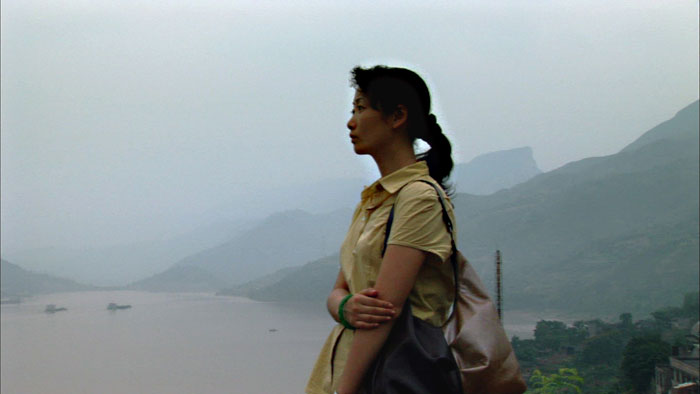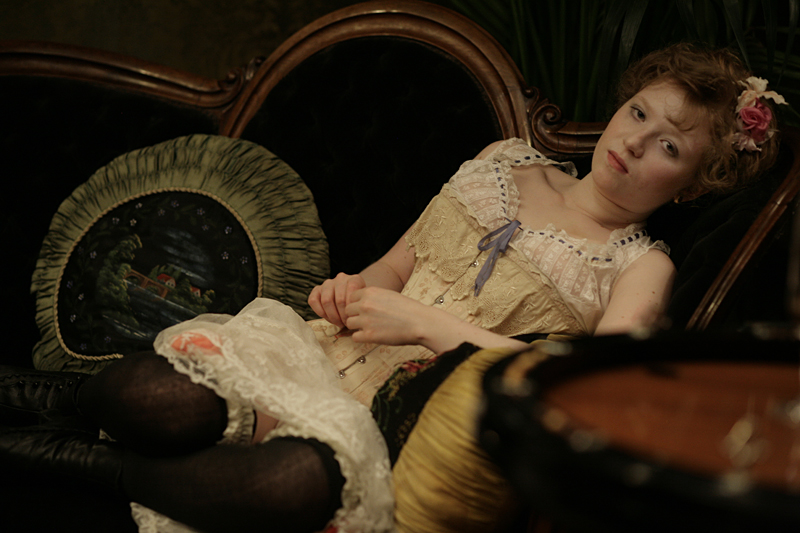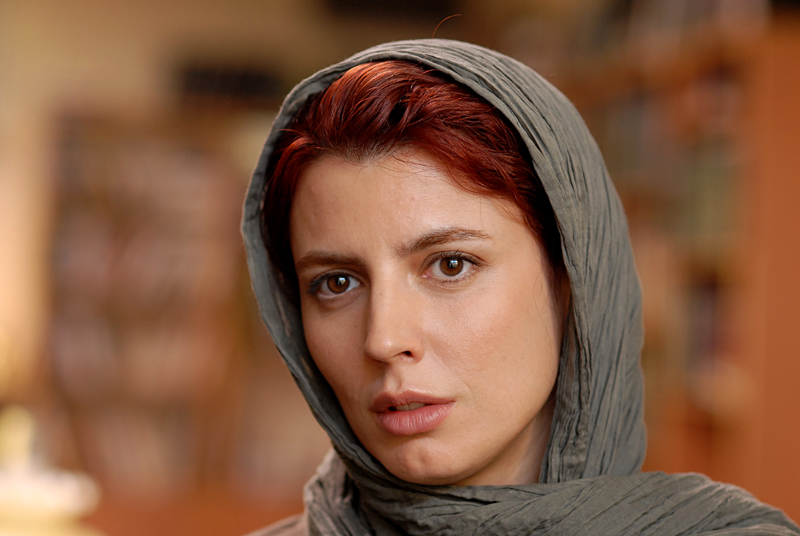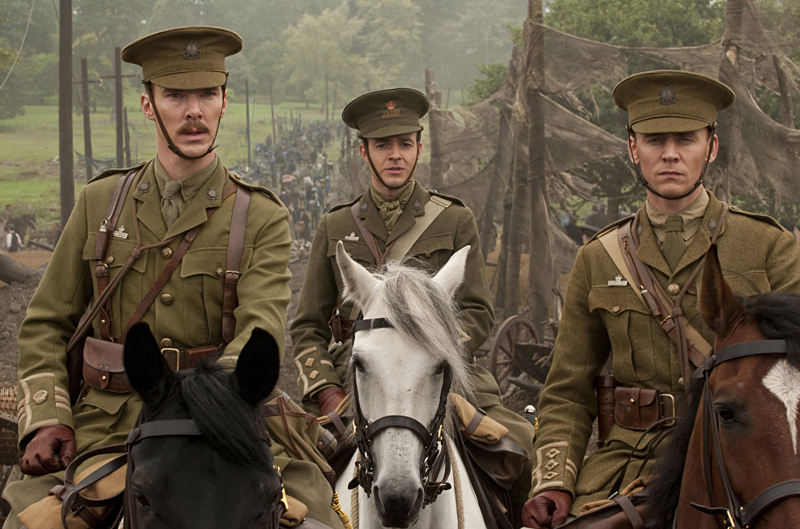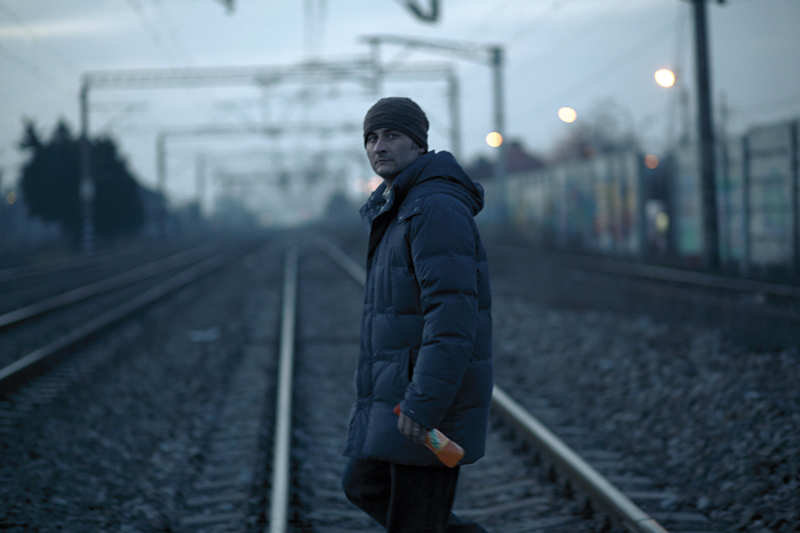The world’s oldest civilization is in some respects the world’s newest. And 37-year-old filmmaker Jia Zhangke, the preeminent cine-chronicler of contemporary China, could well be the most contemporary narrative filmmaker on earth. Jia’s fifth feature, Still Life, offers an eccentric guided tour of post-apocalyptic Fengjie—the ancient river city largely flooded and partially rebuilt several years ago as part of the monumental Three Gorges hydro project. But the movie, which won the Gold Lion at Venice in 2006 and was shown at SIFF this spring, is also an open-ended progress report. The filmmaker arrives as if he were an explorer reaching the edge of the frontier. Still Life opens with a slow, majestic pan over the passengers on a Yangtze ferry—the Chinese masses eating, gambling, dozing, hustling, and texting—as they pass by the new towers that line the shore. To entertain them, the Wuhan Magical Arts Troupe performs the trick of turning ordinary paper into euros and euros into yuans.
This sleight of hand is hardly the film’s only metaphor. For the most part, Still Life broods like a cloud over Fengjie, its displaced inhabitants and new arrivals. There are two protagonists and a pair of parallel narratives. In one, a stolid miner (Han Sanming) comes downriver from Shanxi in search of the bought wife who left him 16 years before and the daughter he’s never seen. Han, a former coal miner, has played similar roles in previous Jia films, giving Still Life the sense of unfolding in an alternate universe. So, too, does the other narrative in which a young nurse (Jia axiom: Zhao Tao) arrives in Fengjie to look for a husband who has been too busy making his fortune to stay in touch.
Much of Still Life is simply devoted to these characters as they wend their respective ways through Fengjie’s eerily half-demolished (or half-built) neighborhoods. The nurse is also from Shanxi, but she and the miner never meet—except insofar as they are each acquainted with an archaeologist played by Jia’s sometime alter ego Wang Hongwei, and, standing at twilight on opposite banks, both glimpse a neon-limned flying saucer transversing the Yangtze. In Jia’s China, this poetic quasi-documentary makes clear, the future is now.
More observer than director, Jia is concerned with how it feels to be in a particular environment. His films are predicated on a sense of everyday social flux, and, more than any I’ve seen, they provide some sense of China’s seething interior. Jia’s parents were sent to Shanxi during the Cultural Revolution, and that’s where he was born. (Dislocation is his birthright.) Shanxi was also the setting for Jia’s first three movies—Xiao Wu, Platform, and Unknown Pleasures. Now, in Still Life, Shanxi’s inhabitants are themselves on the move. For Jia, the sense of a lost past is not only a matter of personal history, but something cultural and even geological. The eternal is transitory—or is it vice-versa? Fengjie, which has been on the banks of the Yangtze forever, is now the essence of the ephemeral. People live amid the rubble’s crevices, on abandoned piers and in derelict barges. Raw, unfinished, and painfully specific, the setting is the opposite of the denatured Beijing theme park in Jia’s previous movie, The World.
Deconstruction would seem to be Fengjie’s main industry, and as placid as Still Life often appears, there’s an undercurrent of violence. Old buildings are blown up, workers are sometimes obliged to remove unwilling tenants by force, and job-related injuries are rife. Without unduly belaboring the point, Jia suggests a pervasive, free-floating corruption. Everything is for sale. Money trumps all. Mao may be casually invoked, but the closest thing to an authority figure is Hong Kong superstar Chow Yun-Fat, glimpsed on TV lighting his cigarette with a fistful of dollars. Chow serves as a role model for one of the movie’s more hapless characters—a young would-be enforcer who foolishly challenges a more entrenched gang of thugs.
As usual, Jia’s people tend toward the opaque—one of the movie’s most enthusiastic conversations is conducted with ringtones. But his compositions have their own eloquence. Everything’s despoiled, and yet, as rendered in cinematographer Yu Likwai’s rich, impossibly crisp HD images, everything is beautiful. The setting speaks. It’s still-life. Jia’s sensitivity to location has the focused purity of the work of landscape filmmakers like James Benning and Peter Hutton. But alongside the winding river and the misty mountains, Still Life vibrates with traces of human presence—deserted construction sites, shabby cluttered rooms, and moldering factory works. (The Chinese title translates as “The Good People of Three Gorges.”)
State-sanctioned director Zhang Yimou implicitly celebrates the new China with muscle-flexing historical spectaculars like Hero and Curse of the Golden Flower, which, in late 2006, unceremoniously displaced Still Life from Chinese multiplexes. Jia (who, following The World, has returned to independent production) makes it clear that China’s laissez-faire economy is as cruel as its communism or feudalism. What’s striking about Still Life is its microanalytical curiosity: Judgment seems suspended—like the bridge that magically lights up over the Yangtze or the unlikely tightrope walker glimpsed in the movie’s last shot.
